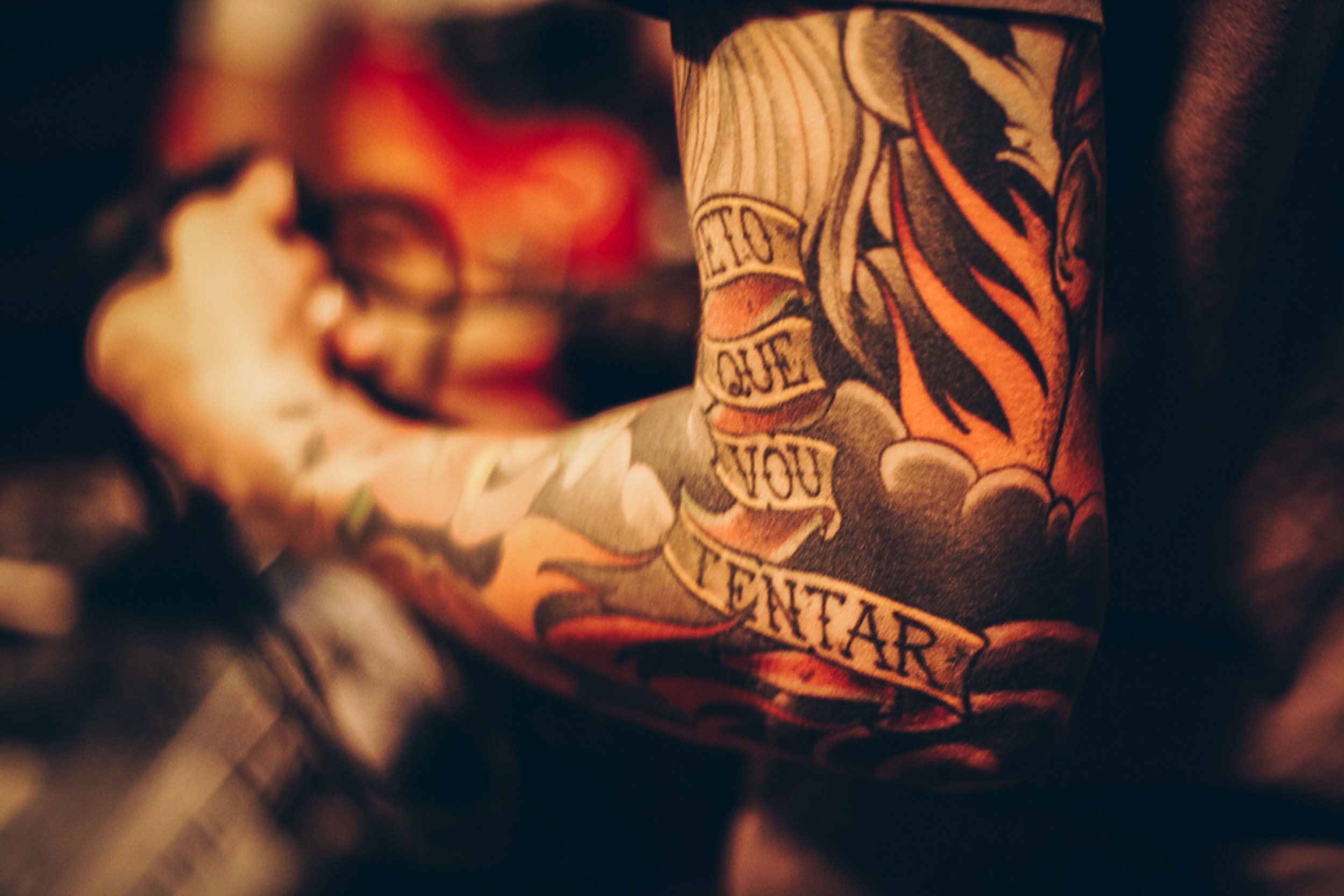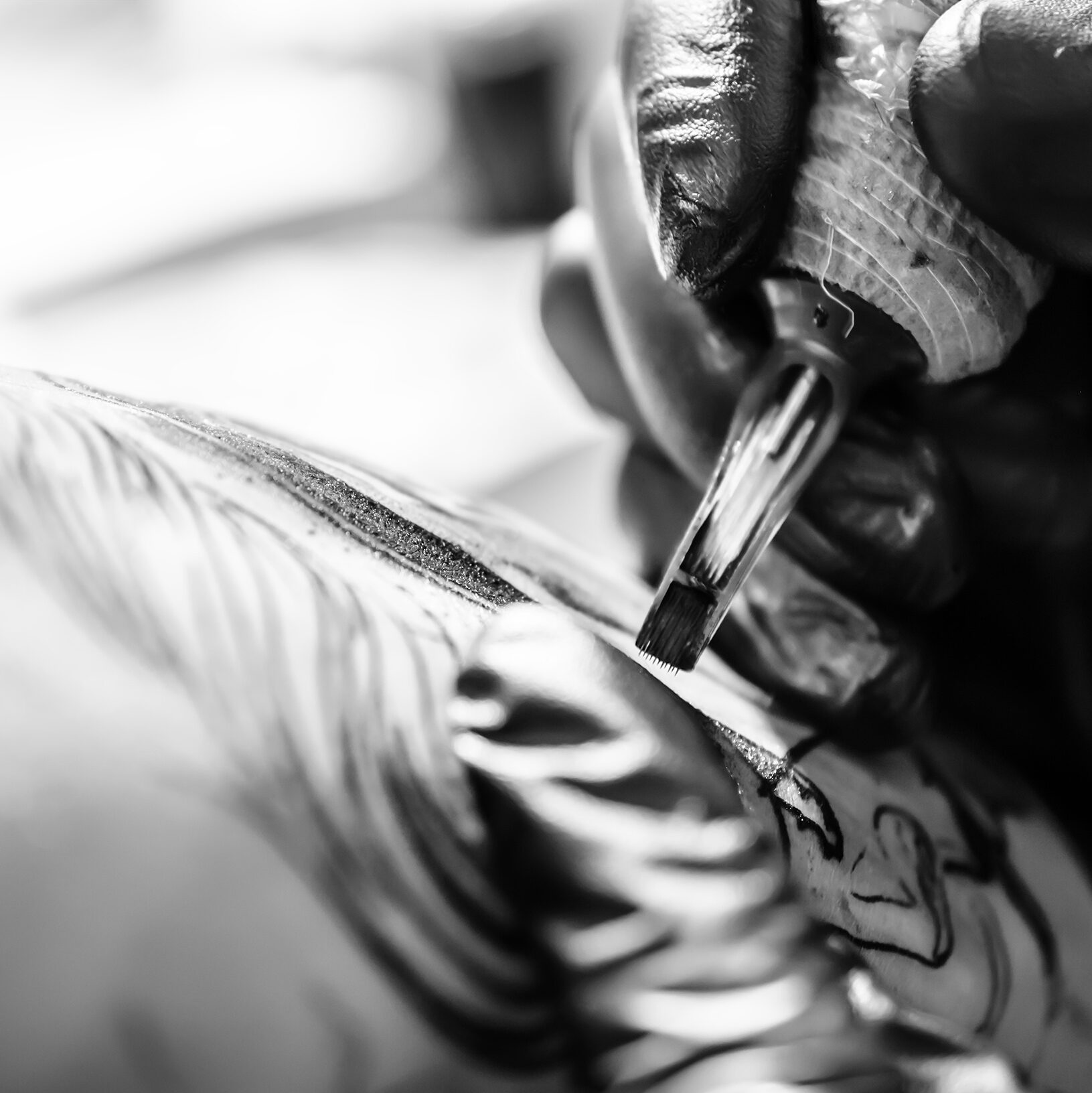Tattooing is one of the oldest forms of body modification and has been practiced by humans worldwide for thousands of years. Tattoos have served many purposes throughout history, from religious and cultural significance to social status and personal expression.
Here is the history of tattooing, exploring its origins, evolution, and cultural significance.
The Origins of Tattooing
The exact origins of tattooing are challenging to trace, but archaeological evidence suggests that the practice dates back to the Neolithic period, around 6000 BCE. Mummified remains discovered in Egypt and Peru have revealed tattoos on the skin, indicating that the practice was widespread in these cultures.
In ancient times, tattoos were often used for religious or spiritual purposes. In Polynesia, for example, tattoos were believed to have magical powers and were used to protect the wearer from harm. In other cultures, tattoos were used to mark important life events or rites of passage, such as marriage, childbirth, or reaching adulthood.
Tattoos in Ancient Times
As civilizations developed, tattoos took on new meanings and purposes. In ancient Greece and Rome, tattoos were used to identify slaves and criminals and were seen as a mark of shame. In Japan, tattoos were used to mark criminals and were seen as a form of punishment. In China, tattoos were used to identify members of certain tribes or social groups.
However, tattoos were also used by the ruling class and aristocracy as a symbol of status and wealth. In ancient Egypt, for example, pharaohs and nobles were often tattooed with images of gods and goddesses. In Rome, wealthy women would have delicate tattoos on their hands and arms.
Tattoos in the Western World
The practice of tattooing was introduced to the Western world by sailors in the late 18th and early 19th centuries. Sailors would get tattoos to commemorate their travels and adventures, and the trend caught on among other seafarers. Tattoo parlors began to open in major port cities, and tattoos were seen as a form of rebellion against mainstream society.
In the early 20th century, tattoos became more mainstream and were no longer seen as a symbol of rebellion. Many people began to get tattoos as a form of self-expression, and tattoo artists began experimenting with different styles and techniques. Traditional American and Japanese styles emerged, each with unique designs and imagery.
Modern-Day Tattooing
Today, tattooing is a thriving industry that attracts people from all walks of life. Tattoos are seen as art; people often get tattoos to commemorate important events, people, or beliefs. Tattoo artists have developed many styles, from traditional American and Japanese styles to more modern and abstract designs.
Tattoos have also become more diverse regarding their cultural and social significance. Many people get tattoos to honor their heritage or cultural identity, while others get tattoos to express their political or social beliefs. Some people even get tattoos as a form of therapy, using the process of getting a tattoo to heal from emotional trauma.
Conclusion
From ancient markings to modern-day body art, tattoos have played an essential role in human expression and identity. Today, tattoos are seen as a form of art and self-expression, and they continue to evolve and thrive in the modern world.
If you’re looking for the best Buffalo tattoo shop, look no further than Lucky DeVille. With our team of skilled and creative artists, we specialize in state-of-the-art tattooing, from full-color to black and grayscale to photo-realistic portrait work. Visit us today!



